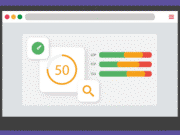Ever since search engines exist, our internet world has been growing and flourishing. They have evolved to reconcile the need of the browsers and consumers.
With the introduction of local search results, search engines have been able to catch the eyes of local business. These local packs generate direct leads. That is why they have become one of the treasured marketing goals for local businesses – big or small.
The local pack listings are populated depending on searcher’s IP. Unlike organic results, these listings run on a different algorithm and are niche-based. Local packs comprise of the name, address and phone number of the business along with user reviews.
Google Local Result
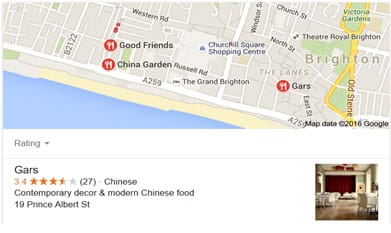
Bing Local Results

Yahoo Local Result
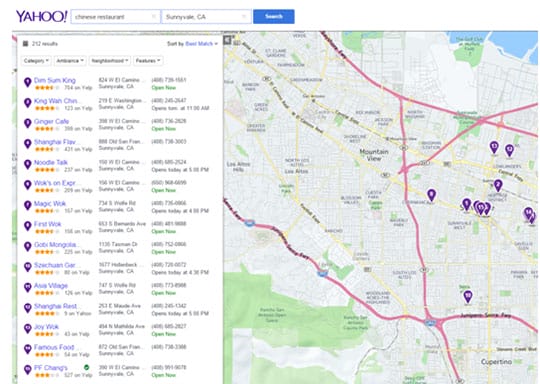
Google emerges to be the leader with a control of more than 60% of searches. It includes all the necessary details about the business. Thus, the searcher can find the best product or service to meets his requirements.
Origin
Google soon realized that people will start looking for local products online.
Google Local in its BETA form:
Google Local was introduced to the world in March 2004. This version offered local business listing, directions, and maps. In its initial form, Google was using keywords and the location as inputs to get the local results.

The 7- Pack:
This went through a lot of modification, with the 7-pack listing being the most stable version. The 7-pack listing in itself went through multiple transitions in the user interface and the way the information was presented on the SERP. In this set of results even businesses without any reviews could still make the list. Clearly, this catered to a better online visibility for all local businesses.
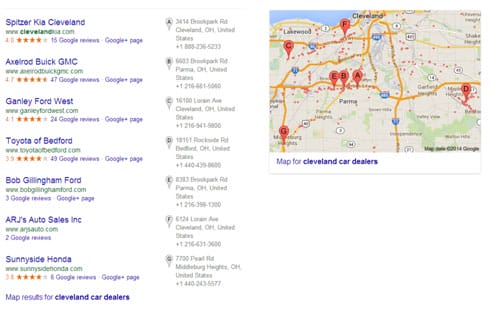
The 3- Pack:
The 7-pack seemed to be a comprehensive local result and digital marketers were relying on it. But it seems that Google had more developments planned out. On 6th August 2015, marketers noticed that the listings were now limited to only 3 results. Gradually, it became evident that this was a universal change.
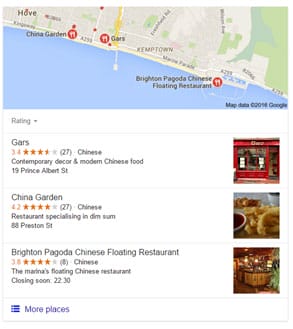
What led to this move?
It was not hard to figure out why Google changed the local pack to 3 results. Google being focused on the user experience, we can speculate that this modification had to do with three objectives:
- Provide better and more relevant search experience to the users
- Matching the desktop search with mobile search user experience
- More ad space on the SERP
The Relevance:
In earlier versions, even businesses without reviews could make it to the snack pack. However, with this change, it seems Google only allows businesses that have ratings to be in the pack. It could also be that the results coming in a 4-7 position were not generating much traffic. So why not just display the top 3!
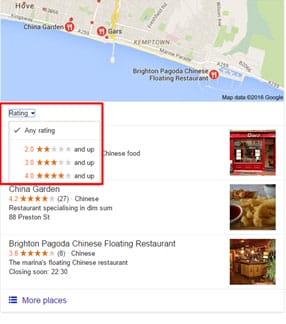
The Saturation
Another speculation is that Google was trying to even out the results on mobile and desktop search. On mobile, only three results are displayed in the first slide of the search query. With the increasing number of mobile search, this seems to be a logical step.
The Revenue
The pop-up details coming up on the right side of the SERP in the 7-pack were covering a substantial part of the page. Google may not come upfront about this but it is clear that this move gives more ad space on the SERP. and more revenue for Google. A simple but smart move!
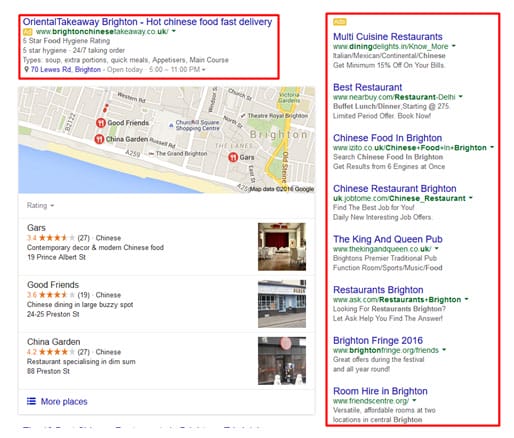
What comes with this variation?
With this update not only has the number of listings decreased, there have been other statistical changes as well:
- The results now only display the street where the business is located. The contact number and the complete address are no longer handy within the result.
- No more flyout business card! The local cards that used to give the complete details of the business when you scroll through the listing have been eliminated.
- One-click links to ‘My business page’ have been removed in the new interface.
- You can now spot the operating hours of the business.
- ‘More’ now takes you to an entirely different page that presents you the details of 20 other competitors with their respective map location.
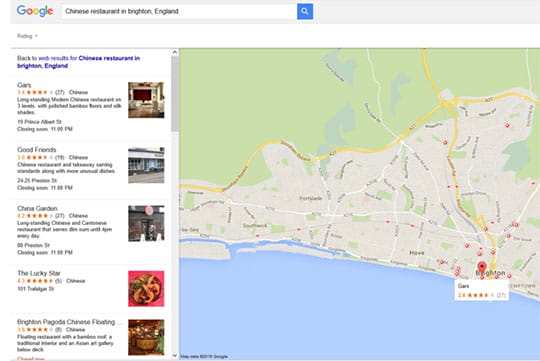
The impact on local business owners
You are probably thinking that this update brings more difficulties to business owners. First, they need to compete harder to come in the top three results, then a “must have review” for the business. However, my in-depth analysis will give you a different side of the picture!
In the 7- pack listing the probability of the searcher choosing among the 7 results increases. They may not bother to go for the ‘more’ option. Here, if one’s business is not listed, it loses its prospect. Since there are fewer results in the 3-pack, the probability of the searcher selecting the ‘more’ option increases. This brings up the top 20 results. Here, the chances of getting traffic to one’s business increase.
Another notable point is that since the new interface does not give the complete business details, the searcher has to navigate to the top 20 result page to get the data of the business they are interested from the 3-pack result. So, even if you are not listed in the local pack, there are now high chances to get noticed.
The impact on searchers behavior
The impact on the searchers out of this update should be direct. They will stick more to the organic results now. Organic results have always been favored by the end users. Now with the fewer local results, chances are that searchers will divert more towards the organic listings. The logic is simple – Local pack being reduced to 3, the user is likely to divert more to the organic listings, which will occupy a major part of the SERPs.
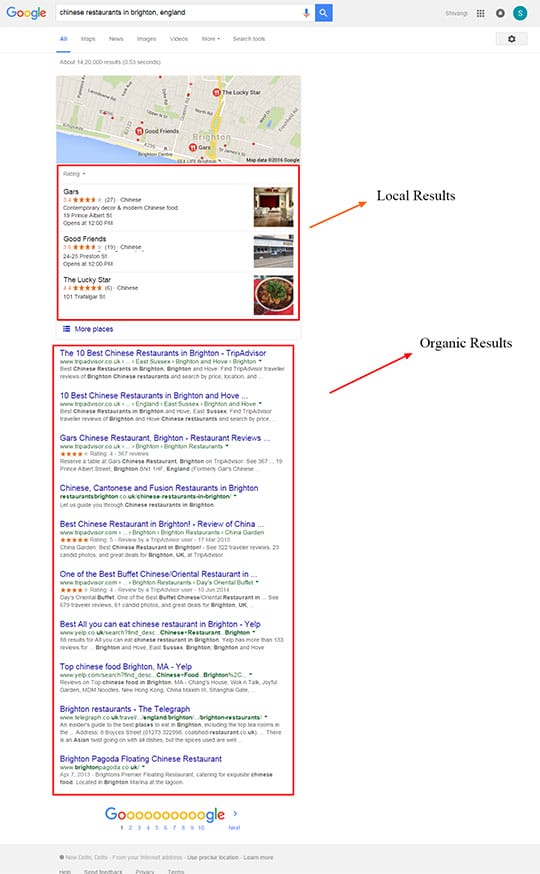
The new strategies
Since the algorithm and the backend process of local pack results remain the same, there are only a few but crucial steps that you should take care of.
Not in the top 3?
You should not panic if you are not listed in the top 3 results. As local results entirely depend on the end user’s IP, there can be lots of fluctuation in the rankings depending on the geographical location. There is a high probability that at one particular location your business is not listed, however, moving few miles, you may be in the league.
Try to make it to the top 20
As discussed earlier, there are now good chances you still can generate traffic to your website by ensuring that you are in the top 20 results at least. The top 3 results come among or are determined from the 20 businesses depending on the geographical location of the user. So the main focus in terms of your local SEO strategy should rather shift to being in the top 20.
Google+ review- It has always been important!
Whether or not you are listed in the top 3 results, it is very important you have a good rating for your business. This will have a direct impact on the ranking of your business in the local results.
Your business hours
Since google local pack now includes stats as- ‘closes at’, ‘closed now’, ‘opens at’, ‘closing soon’, you have to make sure that your business operating hours are defined accurately at “Google My Business” page.
Build Citations – they have always been the building blocks of Local SEO!
Citations are mentions of your business across the web. Make sure your citations include accurate and consistent information about your NAP, email address, website URL, hours of operations and so on.
Where do you start?
Here’s a way:
- Get a list of keywords that you want to rank for and do a quick Google search for each of them.
- Pick out the URLs for the top 10 results and paste them into a spreadsheet.
- These URLs are your competitors. Take each of their NAP and Google them one by one.
- Make a separate note of each of the places where your competitors are listed and enter their URLs (web directories) in another tab.
Now that you know where your competitors have their citations, you have a starting point.
Building your listings manually can be a little tiring, tedious and lengthy task. Also, since it requires a great deal of analysis on your business niche, it can be time-consuming.
Automated tools simplify this task for you. They pull out an important list of websites and directories where you should get your business mentioned. Local RankWatch, for example, can easily compare this list with the places you have already built your citations. This will allow you to build your citations further.
Made the top 3 listing- Job not done yet!
You can’t rest even if your business is listed in the 3-pack. Remember, for the searcher to get your business details, he will be directed to the page where you have 19 competitors listed. So ensure that your snippet is better than the others so that your prospect sticks to your listing.
Also, stick to the basics. Do your regular local SEO, create consistent citations at important web properties, clean up your inconsistent citations, maintain your Google My Business Profile, work on getting good reviews, try to get as many local links as you can and so on.
With the growing demand for accessibility, it’s hard to predict which advancement will stabilize this run. But one fact is very clear that as long as search engines keep improving user experience, it’s safe to expect further changes in future.
This article is written by Sahil Kakkar. Sahil is the CEO and Founder of RankWatch - a platform, which helps companies and brands stay ahead with their SEO efforts in the ever growing internet landscape. Sahil likes making creative products that can help in automation of mundane tasks and he can spend endless nights implementing new technologies and ideas. You can connect with him and the Rankwatch team on Facebook or Twitter.


